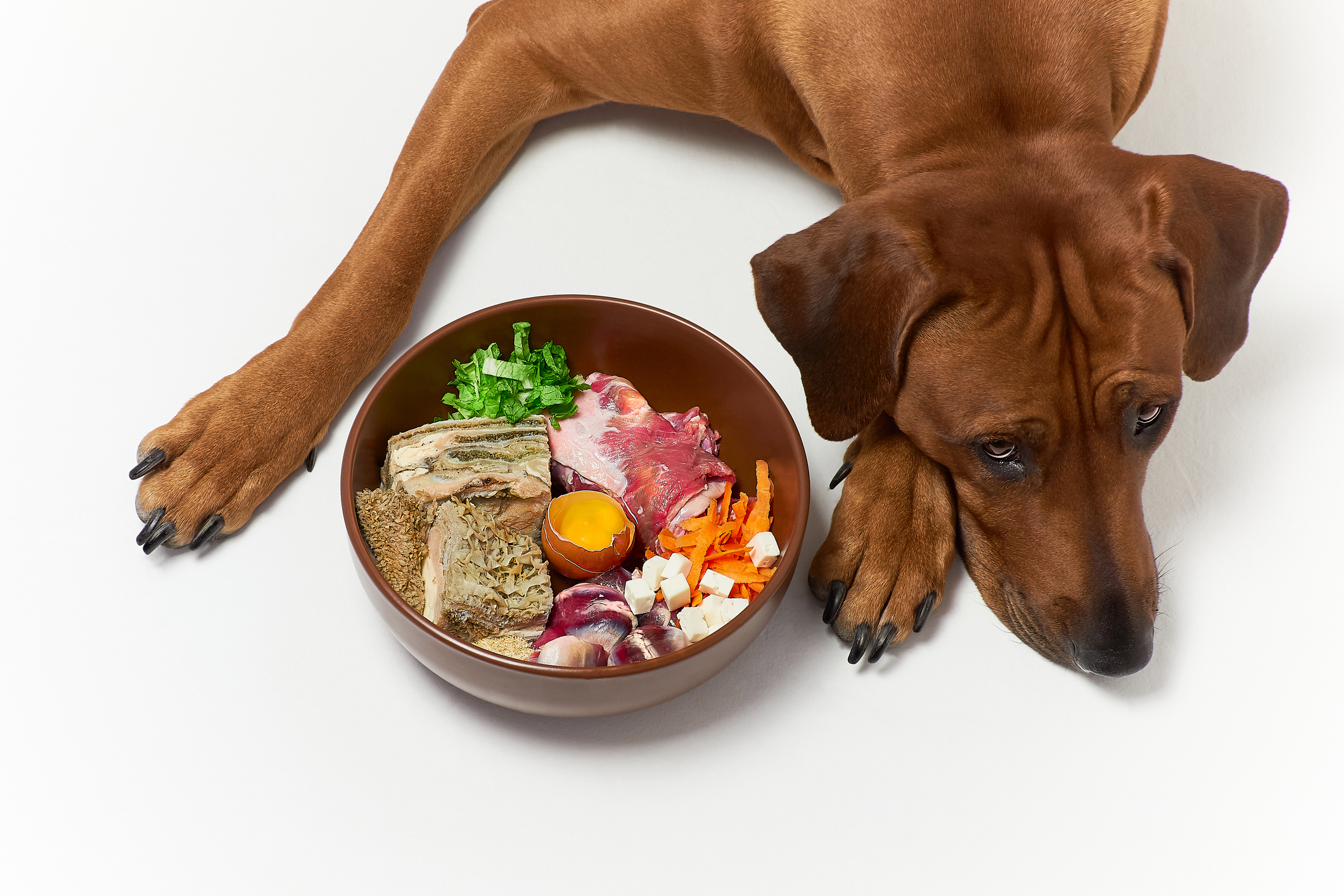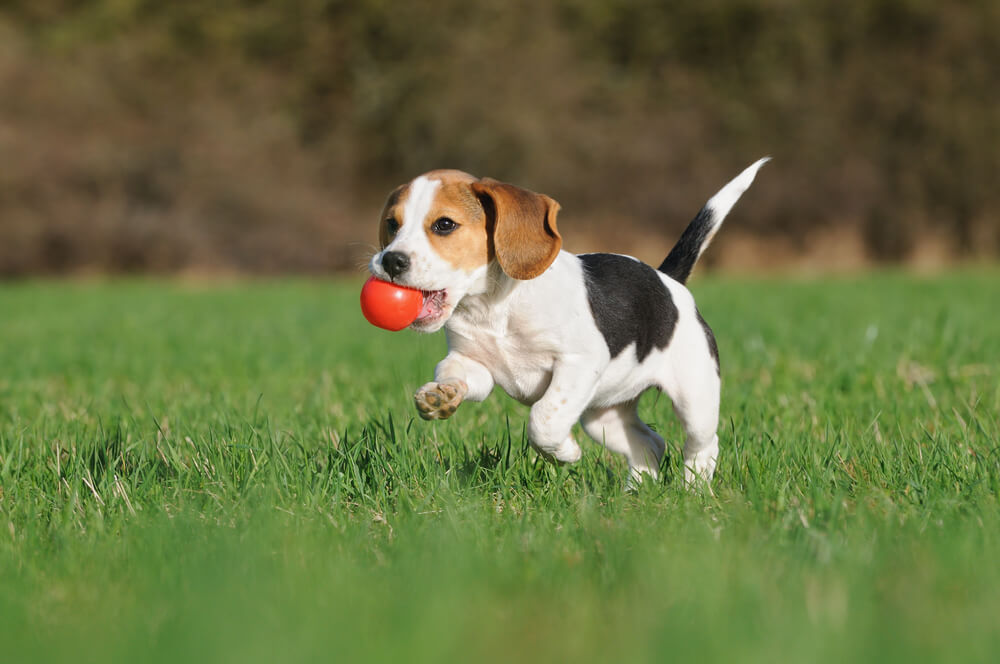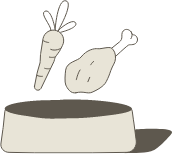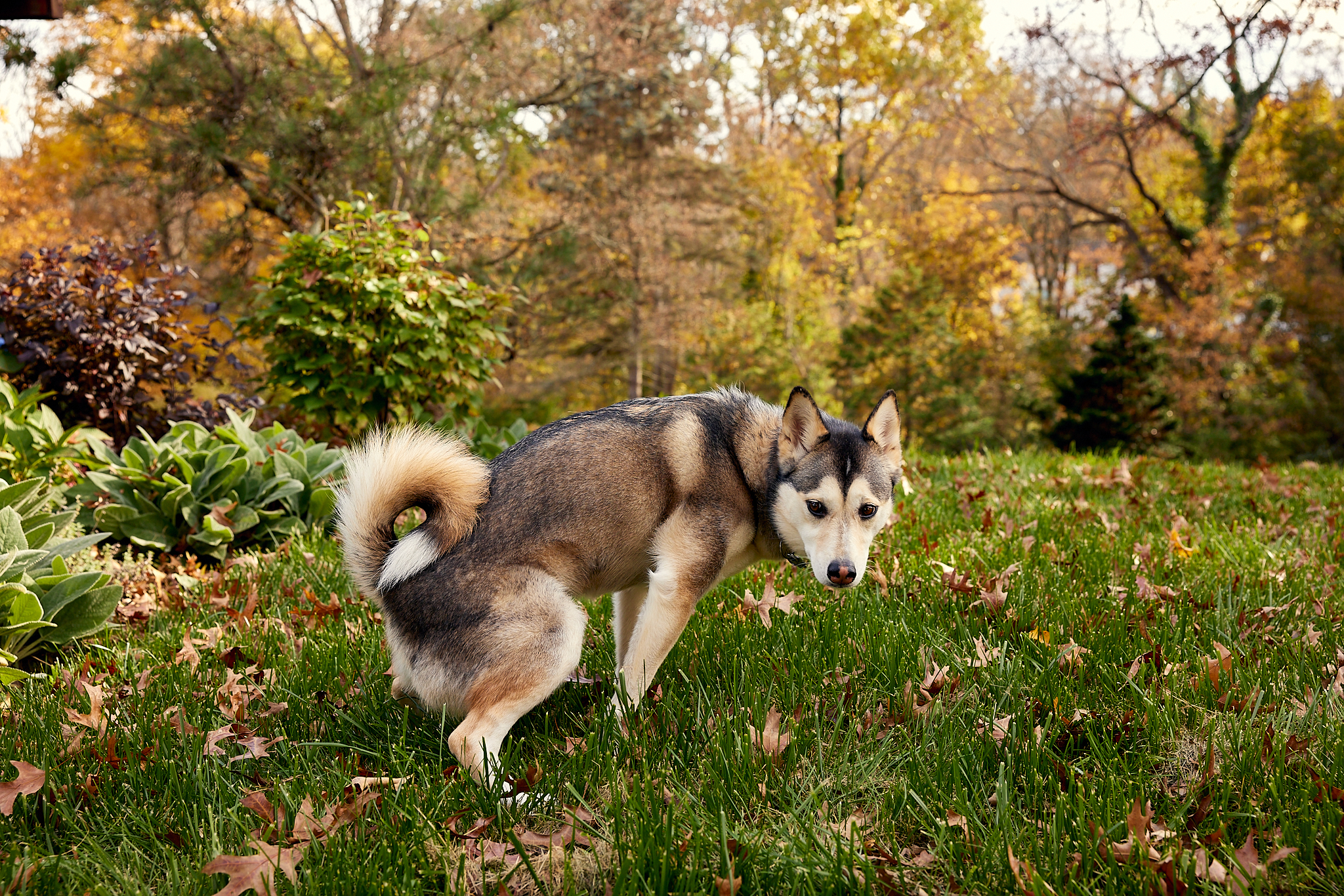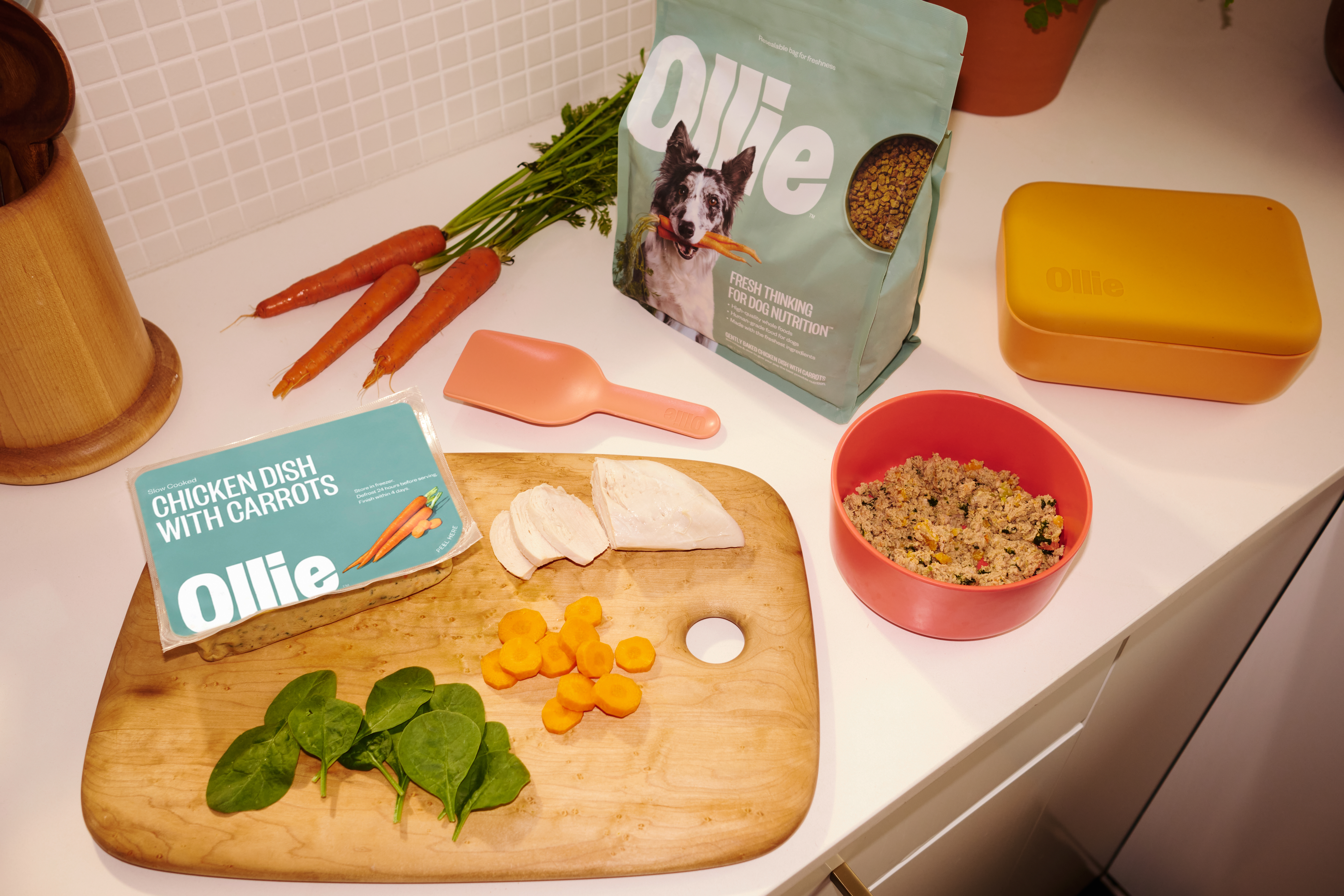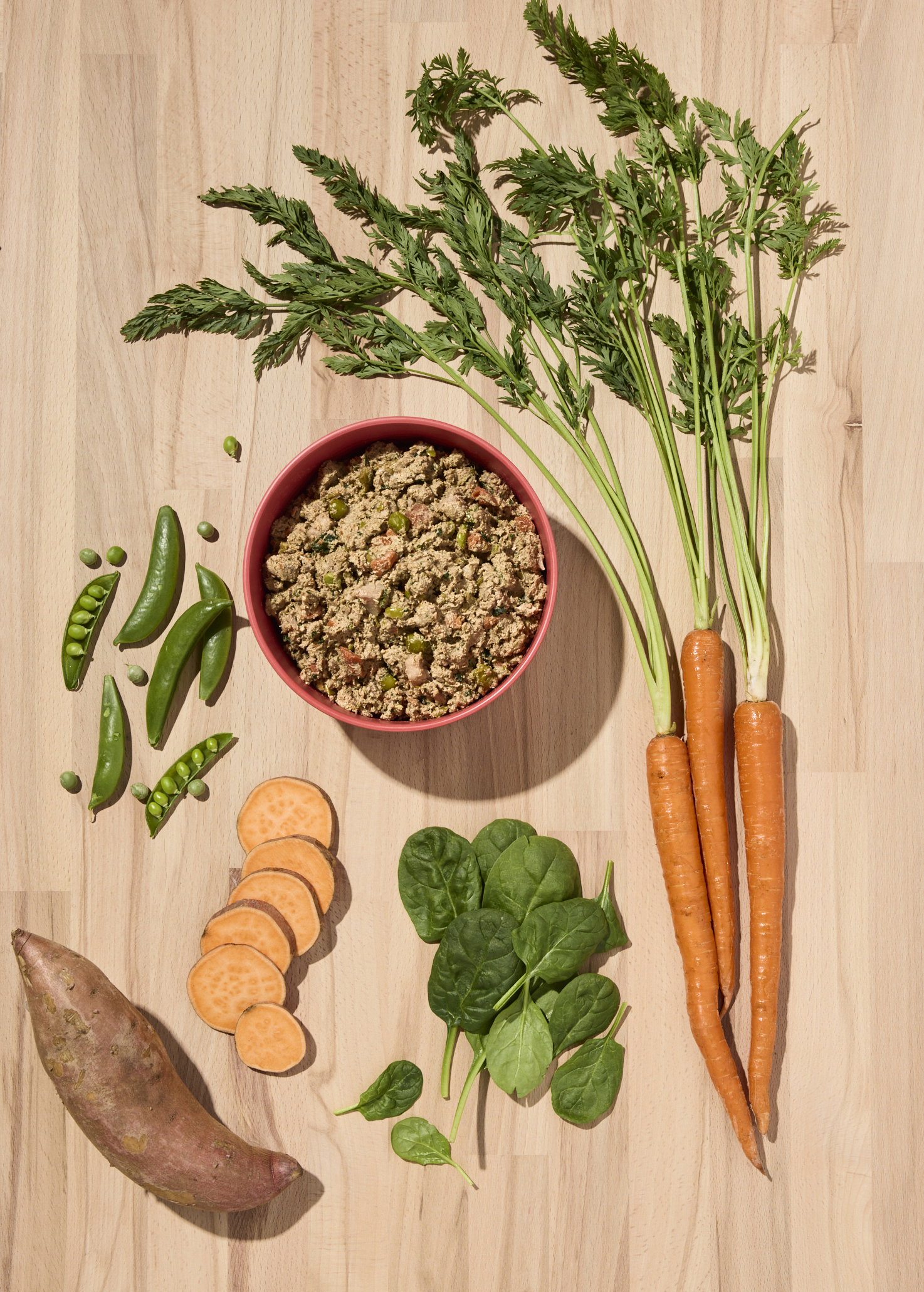Hey Ollie blog readers! We’re offering you an exclusive 60% OFF your starter box! Try now!
When it comes to choosing the right diet for your dog, understanding the full picture is crucial for making an informed decision. In this article, we’ll dig deeper into what defines a raw diet, explore the potential dangers, and introduce safe, healthy dog food alternatives that provide excellent nutrition without the hazards.
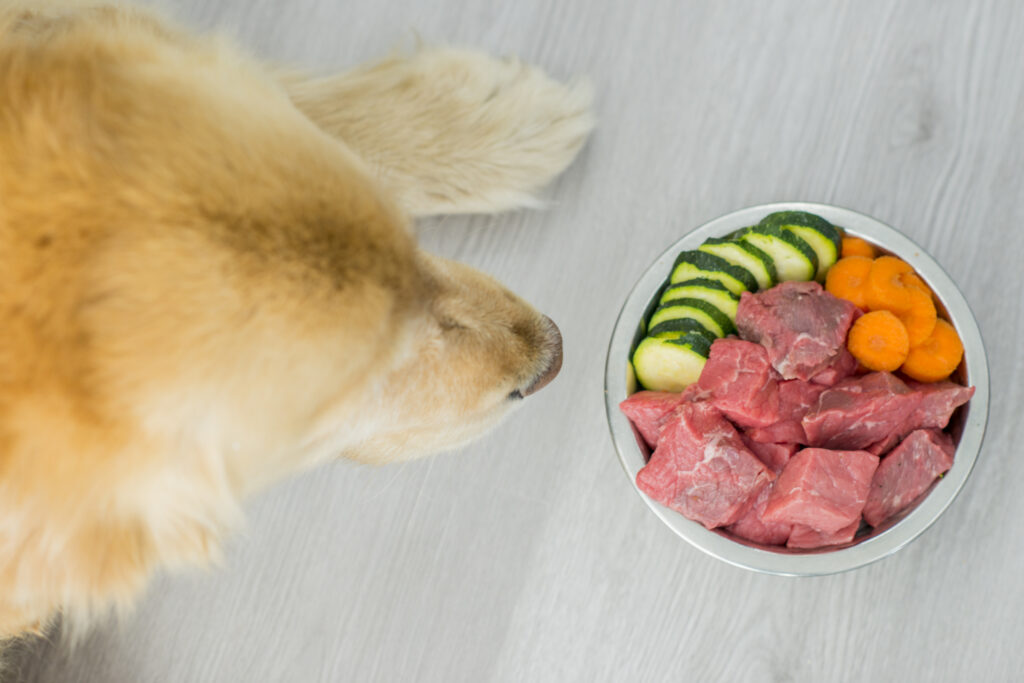
What Is a Raw Dog Food Diet?
A raw dog food diet, sometimes called a Raw Meat-Based Diet (RMBD), centers on feeding a dog uncooked ingredients. The most common version is the “BARF” diet, which stands for “Biologically Appropriate Raw Food” and typically includes raw meat, pulverized bones, and sometimes fruits and vegetables.
The philosophy behind this trend is that modern dogs should eat a diet similar to their wild ancestors, the wolf. While the intention to feed a less-processed diet is understandable, it’s based on the misconception that dogs are essentially domesticated wolves. More importantly, it overlooks the serious health risks associated with handling and consuming raw meat.
The Potential Risks of Raw Feeding
Major veterinary health organizations have expressed concerns about raw diets. Studies have shown that even healthy dogs on raw diets can experience adverse effects, from digestive upset to life-threatening bacterial infections. If you are considering this path, it’s essential to be aware of the following risks.
Risk 1: Bacterial Contamination
The most significant danger of raw food is contamination with harmful bacteria. Because the meat is never cooked, pathogens that would normally be killed by heat remain active.
- High Contamination Rates: Studies have found that commercial raw dog food diets can contain E. coli and Salmonella bacteria.
- Risk to Humans: The danger isn’t just for your dog. These bacteria can be shed in your dog’s feces, contaminating your home and potentially leading to human infection. Handling the raw food during preparation also poses a direct risk to you and your family.
- Freezing Is Not a Solution: It’s a common misconception that freezing raw meat will kill bacteria. Freezing does not reliably eliminate pathogens; only cooking can ensure their destruction. Most meat from the grocery store is intended to be cooked before consumption, and the USDA assumes this will happen.
Risk 2: Nutritional Imbalances
Creating a nutritionally complete and balanced meal for your dog at home is challenging, and raw diets are no exception.
Research has shown that the majority of homemade raw diets are deficient in one or more essential nutrients, such as fatty acids, vitamins, or minerals. For a diet to be considered “complete and balanced” by the Association of American Feed Control Officials (AAFCO), it must contain all the essential nutrients your dog needs to thrive [1].
For example, achieving the correct calcium-to-phosphorus ratio is vital for your dog’s heart health, immune function, and neuromuscular system. An imbalance can lead to serious health complications over time.
Risk 3: Physical and Digestive Dangers
The components of a raw diet can also pose physical threats to your dog.
- Digestive Issues: If the bone content in a raw diet is too high, it can lead to severe constipation.
- Choking and Internal Injury: Whole, raw bones can be a choking hazard, break your dog’s teeth, or cause a life-threatening internal puncture of the esophagus, stomach, or intestines.
- Difficult Digestion: Raw vegetables and grains can be difficult for some dogs to digest properly. Gently cooking these ingredients helps break them down, making the nutrients more available to your pup.
Healthy Dog Food Alternatives to Raw Diets
Fortunately, you don’t have to choose between processed kibble and risky raw food. There are excellent, healthy dog food alternatives that provide the benefits of whole ingredients without the dangers.
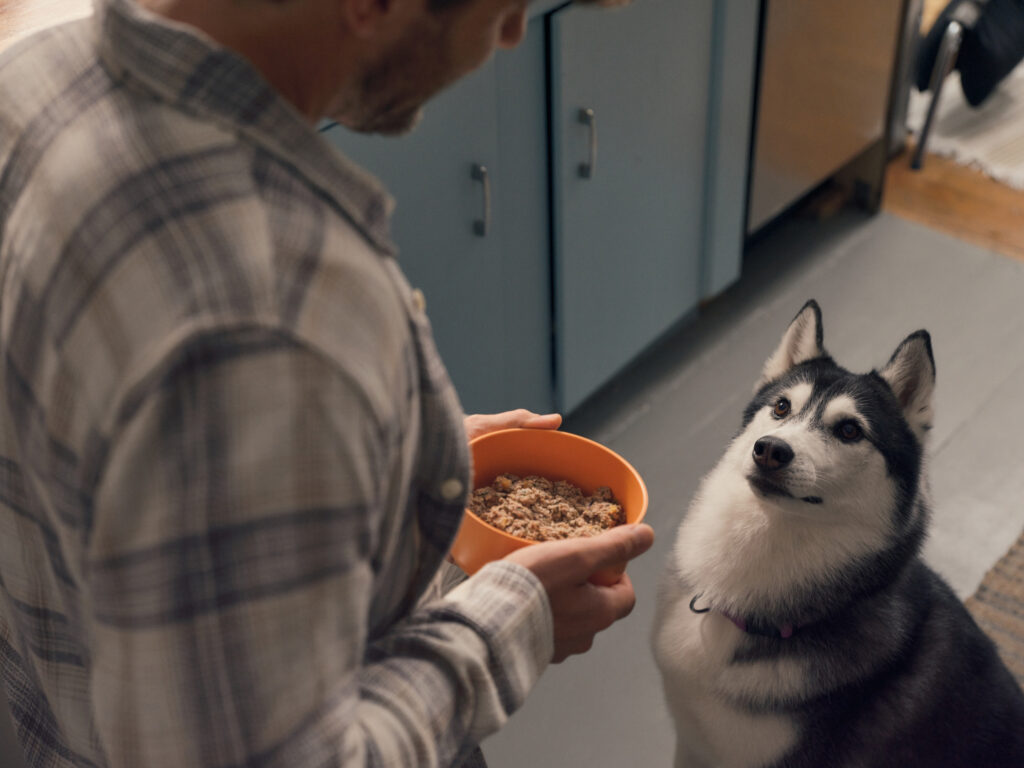
Fresh, Cooked Dog Food
A fresh, gently cooked diet is an ideal alternative that bridges the gap. Fresh, cooked diets like Ollie use real, human-grade ingredients and a cooking process that eliminates harmful pathogens.
Recipes formulated with veterinary nutritionists can be 100% complete and balanced, meeting AAFCO standards for all life stages. This means you can be confident your pup is getting precisely what they need, with no nutritional gaps or guesswork.
Specialized Diets for Specific Health Needs
Every dog is unique, and their nutritional needs can vary based on age, breed, activity level, and health status [2]. For dogs with specific health conditions, a specialized diet is often the best way to manage their health. These veterinary-prescribed diets are formulated to address issues such as:
- Food Allergies or Sensitivities: These may require a novel protein (like lamb or fish) or a hydrolyzed protein diet where proteins are broken down to avoid an immune response [3].
- Gastrointestinal Issues: Highly digestible or high-fiber diets can help manage sensitive stomachs and other GI problems [3].
- Joint Health: Diets for arthritis are often enriched with omega-3 fatty acids, glucosamine, and antioxidants to reduce inflammation [3].
- Kidney Disease: These conditions often require a diet with restricted protein and phosphorus levels to ease the workload on the kidneys [4].
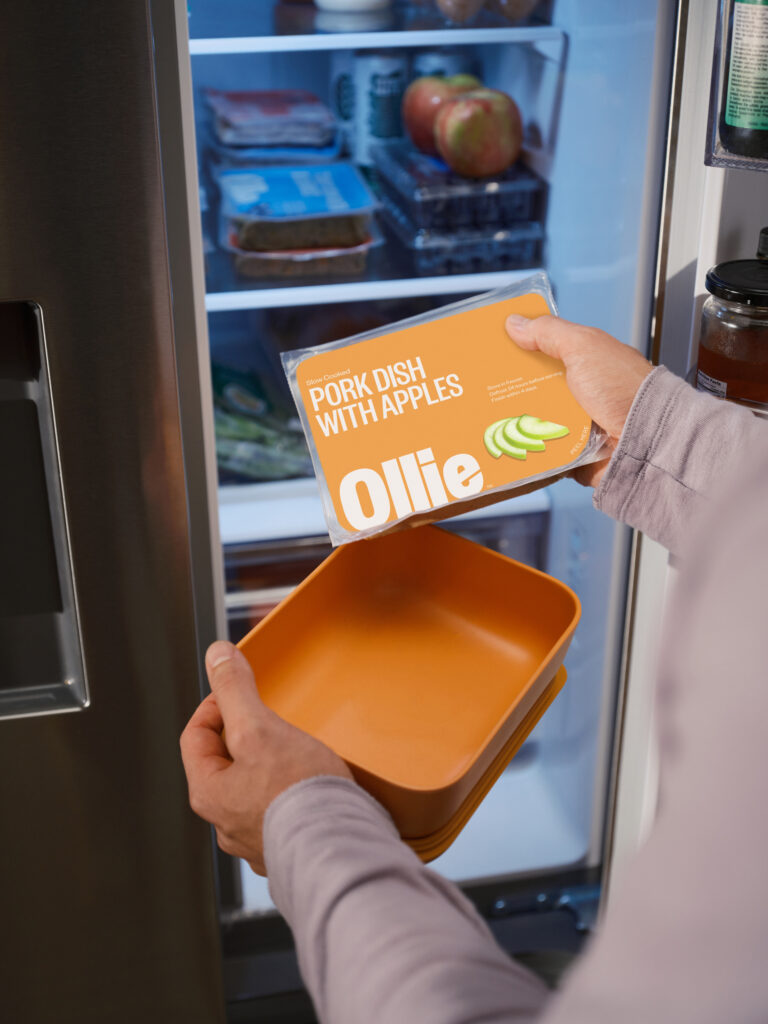
Making the Right Choice for Your Pup
When it comes to your dog’s nutrition, safety and scientific validation should always come first. While raw diets are marketed as natural, the risks of bacterial contamination and nutritional deficiencies are significant.
Before making any major changes to your dog’s food, it is recommended to consult with your veterinarian [5]. They can help you navigate the options and choose a diet that truly supports your pup’s long-term health and happiness. A fresh, gently cooked food offers a reliable, safe, and nutritionally sound path to give your dog the best.
Ready to make the switch? Start fresh with Ollie.
Frequently Asked Questions (FAQs)
1. Is raw dog food ever safe?
While some people feed raw diets without incident, major veterinary organizations highlight the significant risks of bacterial contamination and nutritional deficiencies. The cooking process is the most reliable way to eliminate harmful pathogens like Salmonella and E. coli.
2. Isn’t a raw diet what dogs’ ancestors ate?
Domestic dogs have evolved over thousands of years alongside humans, and their digestive systems and nutritional needs differ from those of wolves. Furthermore, wild animals often suffer from parasites, diseases, and broken teeth from their diet—outcomes we want to avoid for our beloved companions.
3. What makes fresh, cooked food a better alternative?
Fresh, cooked food combines the benefits of real, whole ingredients with the safety of cooking. Recipes developed with veterinary nutritionists to be 100% complete and balanced according to AAFCO standards remove the guesswork and risk associated with raw or homemade diets.
4. My dog has a sensitive stomach. What kind of food is best?
Dogs with sensitive stomachs often do well on highly digestible diets made with simple, high-quality ingredients [6]. Fresh food can be a great option. However, it’s always best to consult your veterinarian to rule out any underlying health issues and get a specific dietary recommendation.
Citations
- [1] https://www.petmd.com/dog/nutrition/evr_dg_whats_in_a_balanced_dog_food
- [2] https://capecoddogcenter.com/understanding-your-dogs-dietary-needs-how-to-choose-the-right-food/
- [3] https://www.petmd.com/dog/nutrition/veterinary-dog-food
- [4] https://metro-vet.com/does-my-pet-really-need-this-special-food/
- [5] https://www.akc.org/expert-advice/nutrition/choosing-right-dog-food/
- [6] https://www.dogfoodadvisor.com/best-dog-foods/specific-conditions/
Tagged As:
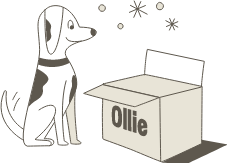
The nutrition your dog needs,
the food they want.

Enjoying our articles? Subscribe our Newsletters and get new articles directly to your inbox
You might also like
3 July 2025
5 MINS READ
How Fresh Food Can Help Your Dog Have Perfect Poops
As a pup parent, you’re likely very familiar with your dog’s bathroom habits. While it may not be the most glamorous part of taking care of your pup, a dog’s stool can be one of the most dir…
by Ollie Pets
3 July 2025
4 MINS READ
Understanding a Balanced Diet for Your Dog
As a dedicated pet parent, you want to provide the best for your dog, and that starts with their food bowl. We all understand the basics of a balanced diet for ourselves, but what does that look l…
by Ollie Pets
3 July 2025
6 MINS READ
Is Grain-Free Dog Food Right for Your Dog?
Finding a healthy dog food that meets your pup’s specific needs is crucial for your dog’s health and happiness. However, when it comes to including grains in your dog’s diet, the amount of deb…
by Ollie Pets
